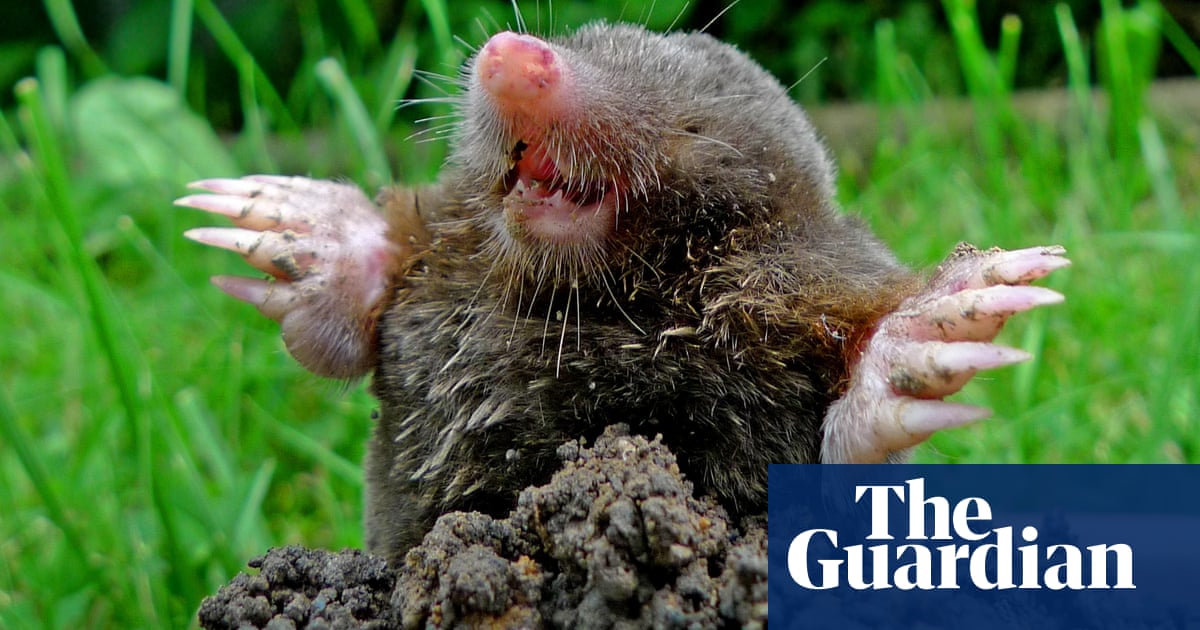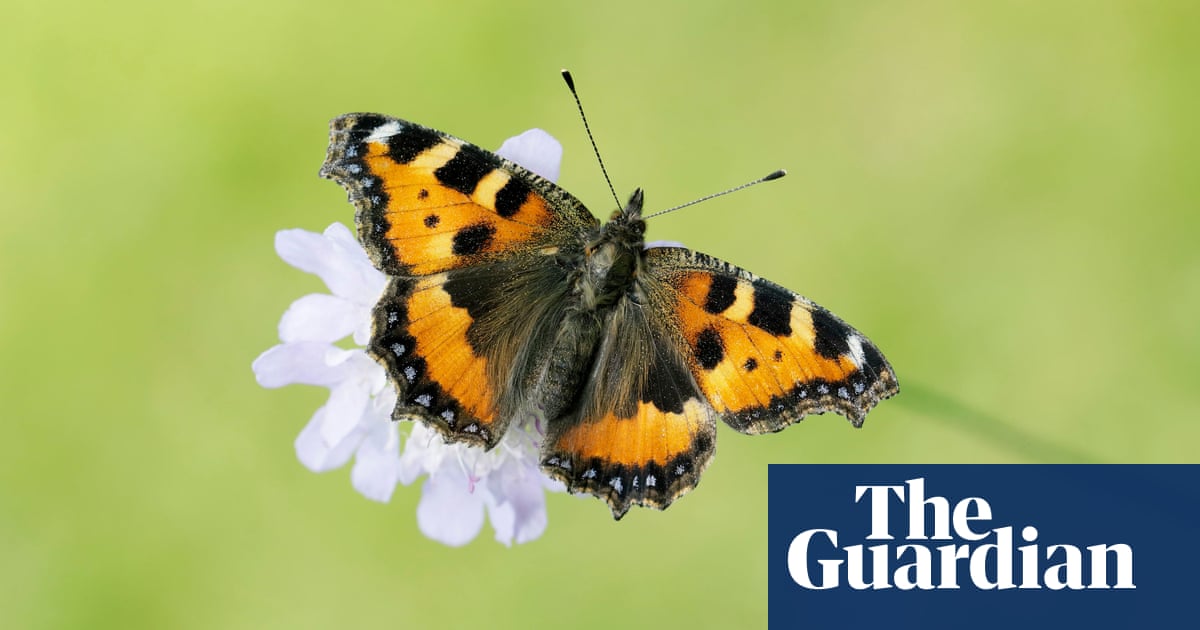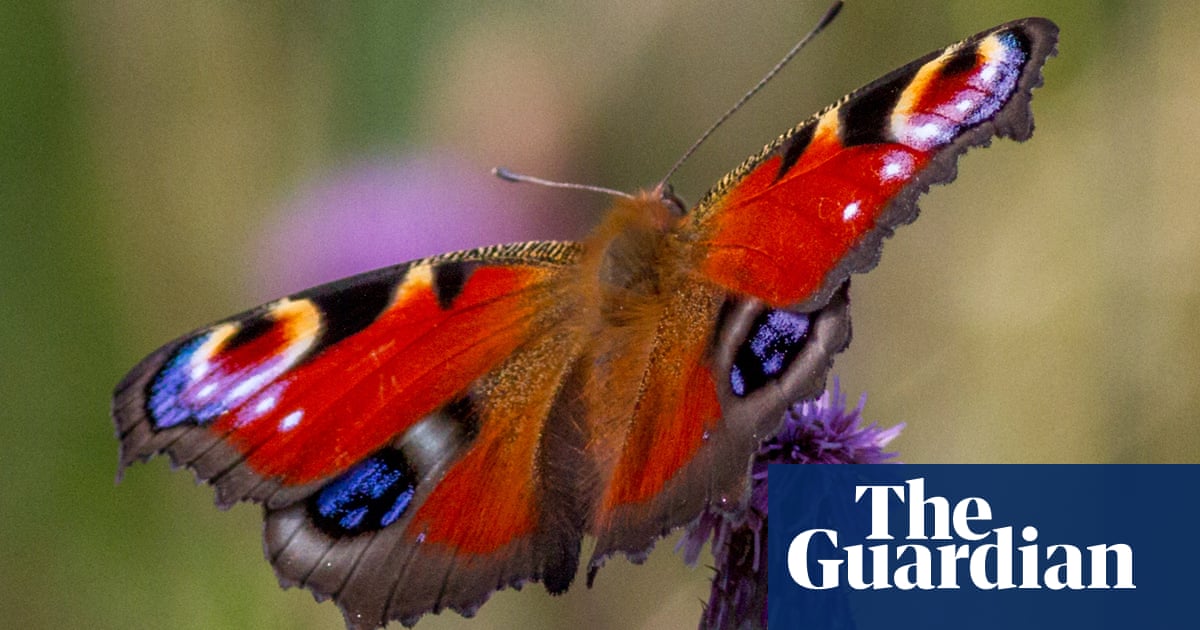
This is the time of year when the Duke of Burgundy, a small jewel of a butterfly named after an unknown aristocrat, takes to the wing.
Ten years ago, it was Britain’s rarest butterfly, living in tiny colonies on scrubby chalk or limestone grassland. Now it has bounced back, its population surging by 25% over the decade.
Last spring, one of the biggest colony of Dukes in the country was discovered by Martin Warren, the author of Butterflies: A Natural History. This was a chance find but the thriving population on chalk downland in Dorset is no accident.
The hill is farmed by John Hiscock, an organic dairy farmer who supplies Waitrose, which requires farmers to devote at least 10% of their land to wildlife.
Supported by government payments for wildlife-friendly farming, Hiscock fenced the hill and lightly grazed it with cattle, creating perfect conditions – scrub and cowslips – for Duke caterpillars and butterflies.
Like many farmers, Hiscock is “thrilled” that he is reviving wildlife. “We have farmed organically for more than 20 years, with no pesticides, sprays or chemical fertilisers, allowing the wildlife habitat to improve and these rare butterflies to thrive along with many other species,” he says.












